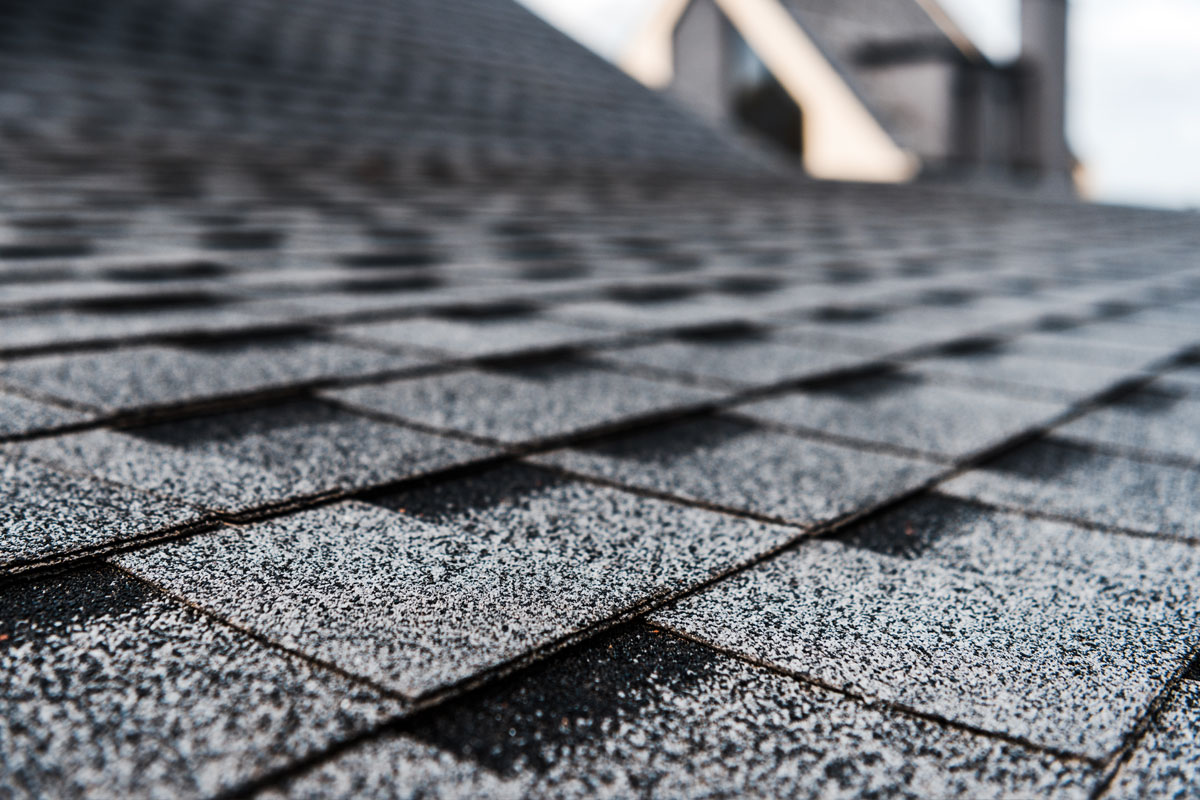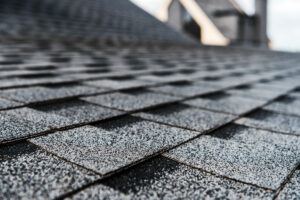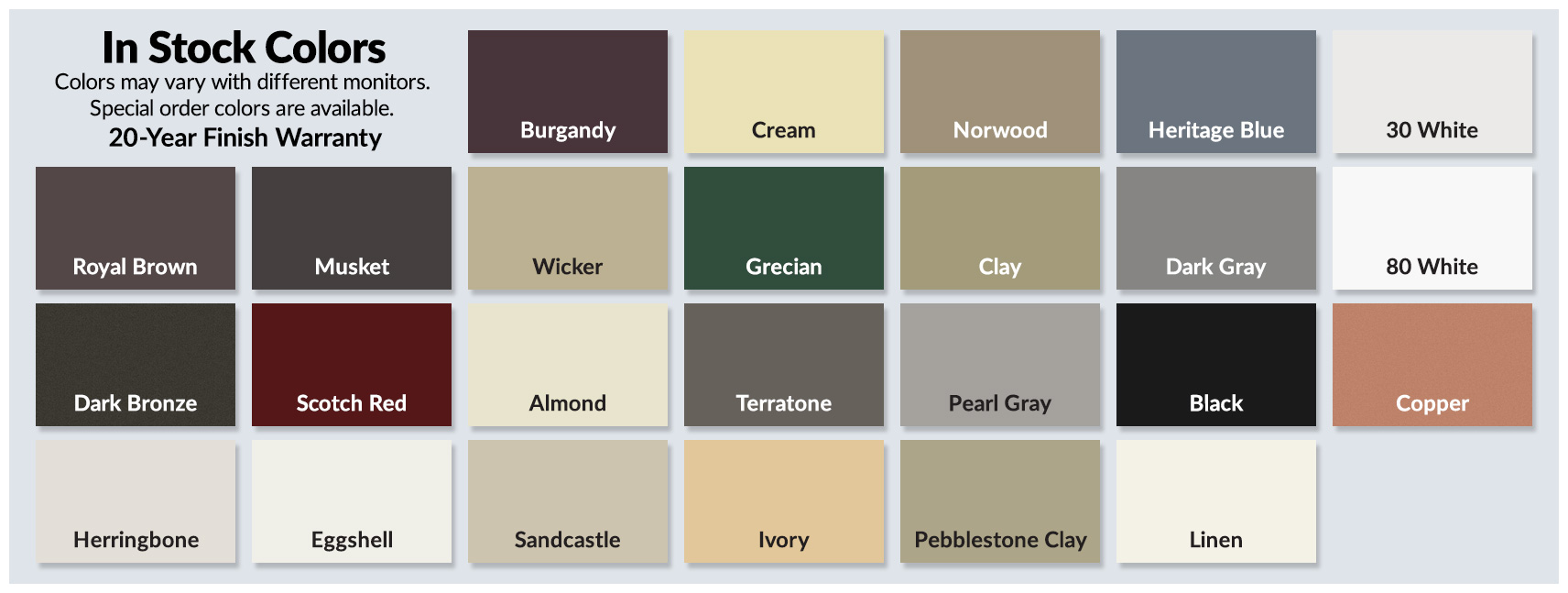
Ask a Century Roofing Contractor: Roof Inspection
Roof Inspection Tips for Homeowners
 Spring is a popular time for homeowners to get outdoors and do a roof inspection to determine how well their home’s roof has fared over the winter months and if they need to do any spring roof maintenance. During this time of year, our roofing contractors at Century Home Improvements strongly encourage all homeowners to conduct a basic roof inspection. A simple walkaround can go a long way toward ensuring you get the longest life from your roof and can help you correct any small problems before they become big ones. Here’s what to look for during your spring roof inspection.
Spring is a popular time for homeowners to get outdoors and do a roof inspection to determine how well their home’s roof has fared over the winter months and if they need to do any spring roof maintenance. During this time of year, our roofing contractors at Century Home Improvements strongly encourage all homeowners to conduct a basic roof inspection. A simple walkaround can go a long way toward ensuring you get the longest life from your roof and can help you correct any small problems before they become big ones. Here’s what to look for during your spring roof inspection.
Outside Roof Inspection
Shingle condition
If you have a shingled roof, check for shingles that appear buckled or curled. Buckling and curling are typically caused by intense heat over time, and shingles in this condition can lead to leaks. Buckled or curled shingles are also more susceptible to wind and weather damage.
Flashing
Pay attention to areas of your roof that include objects such as vent pipes, skylights, and satellite dishes as well as sections of the roof that butt up against the chimney or meet walls. These areas of your roof must be properly sealed and flashed so that rainwater is properly diverted around or away from them.
Drooping or sagging
Stand back from your home far enough to view the entire slope of the roof and check for any areas that appear to be drooping or sagging, as this can indicate a weak point in the roof. Drooping or sagging don’t necessarily mean your roof needs to be replaced, but they are conditions that need to be addressed before they turn into bigger problems.
Moss or other vegetation
Moss or other accumulation of vegetation on your roof is usually a sign that water is accumulating in that area instead of running off. Over time, pooling or standing water can weaken that area of your roof, and the root systems of the vegetation that is growing there can also damage your shingles and the roofing substrate and lead to leaks.
Inside Roof Inspection
If your home has an accessible attic, you can also inspect your roof from inside your home. Here’s what to look for.
Water stains and wet areas
Look up at the rafters and underside of your roof to check for wet areas or water stains, and alert your roofing contractor to any areas that appear to be damp. Signs of water don’t necessarily mean you need a new roof. Often they can simply be signs of damaged shingles or worn out flashing. Whatever the cause, you’ll want to have your roofing contractor find the source of leak and repair it before more serious leaking and water damage occur.
Wet or sunken insulation
Water leaks aren’t always readily apparent on the underside of the roof, especially if the water is entering and falling straight down. Look at the insulation in your attic and note any water stains on the paper side of rolled insulation and any sunken areas in blown-in insulation.
Daylight
When looking at the underside of your roof, you should not see any daylight shining through. If you do see daylight, you’ll also see evidence of water entry, and these issues need to be corrected as quickly as possible.
If you’re not comfortable conducting a roof inspection on your own, a Century Home Improvements roofing contractor can conduct it for you and also provide you with an estimate for any repairs that are needed or for roof replacement.
Click below to request an estimate online or to schedule an immediate appointment, call us at 717-367-6693.

